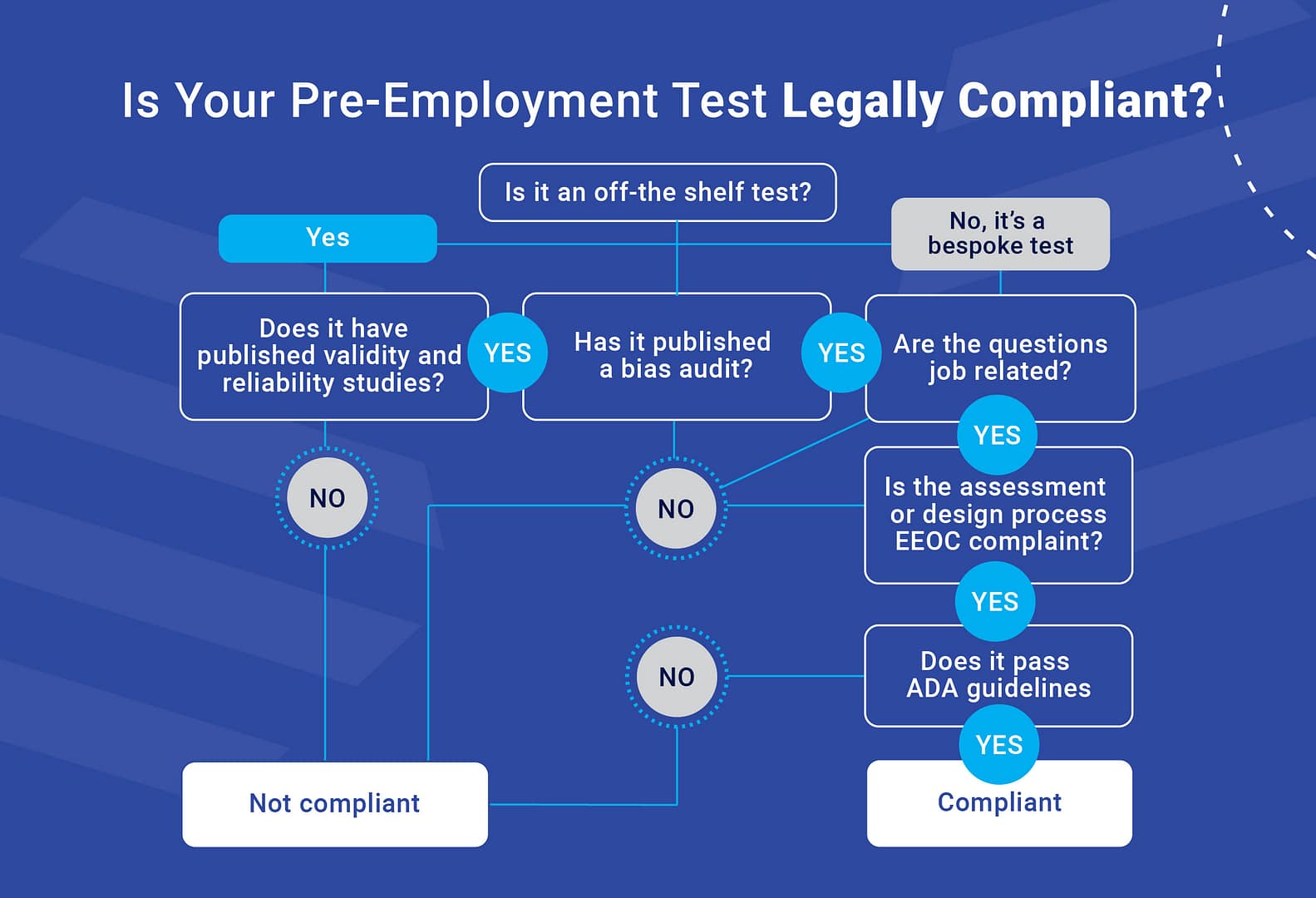Artificial Intelligence (AI) has transformed hiring by automating tasks like resume screening, candidate selection, and interviewing. AI-powered systems promise to reduce bias, increase efficiency, and deliver better hiring outcomes. However, AI is imperfect and can be biased if incorrectly designed and trained. In this article, we’ll define AI bias in hiring, explore the different types of bias, provide top tips when using AI in hiring, and highlight important considerations when using AI in hiring.
What is AI Bias in Hiring?
AI bias in hiring refers to the systematic and unfair favouritism or discrimination against certain groups of candidates by an AI-powered system. Bias can occur in different stages of the hiring process, such as data collection, feature engineering, algorithm selection, and model training. For example, if an AI system is trained on a biased dataset that over-represents certain groups, it may learn to replicate and amplify that bias. Similarly, if the system uses features that correlate with protected characteristics like gender or race, it may indirectly discriminate against candidates who share those characteristics.
Types of AI Bias in Hiring
AI bias in hiring can manifest in different ways, and understanding the different types of bias is crucial for designing and using AI systems fairly. Here are some of the most common types of bias in hiring:
Selection Bias: Occurs when the AI system favours certain candidates over others based on irrelevant or unfair factors, such as demographic information, educational background, or work experience.
Confirmation Bias: Occurs when the AI system selectively collects or emphasizes data that supports its preconceived notions or assumptions about certain candidates.
Performance Bias: Occurs when the AI system assesses candidates based on metrics or criteria that are not relevant or valid predictors of job performance or success.
Stereotyping Bias: Occurs when the AI system assigns certain traits, abilities, or preferences to candidates based on group membership or stereotypes, such as assuming that women are less assertive or that older people are less tech-savvy.
Top Tips When Using AI in Hiring
To minimize AI bias in hiring, it’s essential to follow best practices and guidelines when designing, implementing, and evaluating AI-powered systems. Here are some top tips for using AI in hiring:
Diversify Your Data: Ensure that your training data is representative of the diverse pool of candidates you want to attract and evaluate. Collect data from multiple sources and use techniques like oversampling or data augmentation to address data imbalance.
Use Fair Features: Select features that are job-related and do not correlate with protected characteristics, such as job titles, personality traits, or accomplishments. Avoid using features like age, gender, or race that may introduce bias.
Evaluate and Monitor Performance: Regularly evaluate the performance of your hiring system and monitor its impact on different groups of candidates. Use well-defined metrics to assess fairness and avoid unintended consequences.
Involve Experts and Stakeholders: Consult with experts in AI ethics, diversity, and inclusion, as well as stakeholders like recruiters, hiring managers, and candidates, to ensure that your AI system aligns with your values and goals.
Considerations When Using AI in Hiring
Despite the potential benefits of AI in hiring, it’s crucial to consider the potential risks and limitations before adopting an AI-powered system. Here are some important considerations when using AI in hiring:
Legal Compliance: Ensure your AI system complies with relevant laws and regulations, such as the Equal Employment Opportunity Commission (EEOC) guidelines on non-discrimination and privacy.
Transparency and Explainability: Ensure that your AI system is transparent and explainable, providing clear and understandable reasons for its decisions. This can help build trust and reduce suspicion or scepticism among candidates and stakeholders.
Human Oversight and Intervention: Ensure that your AI system is not fully automated and that human oversight and intervention are in place to review and validate its decisions. This can help mitigate the risks of errors or biases and provide a safety net in unexpected or complex situations.
Continuous Improvement and Learning: Ensure that your AI system continuously improves and learns from feedback and data. This can help identify and address biases and improve the quality and accuracy of its predictions and recommendations.
Summary
AI bias in hiring is a complex and important issue that requires careful consideration and management. While AI-powered systems can help streamline and improve the hiring process, they can also introduce unintended biases and reinforce discrimination. By following best practices and guidelines and considering the potential risks and limitations, organisations can design and use AI systems that are fair, transparent, and effective in attracting and selecting the best candidates.



